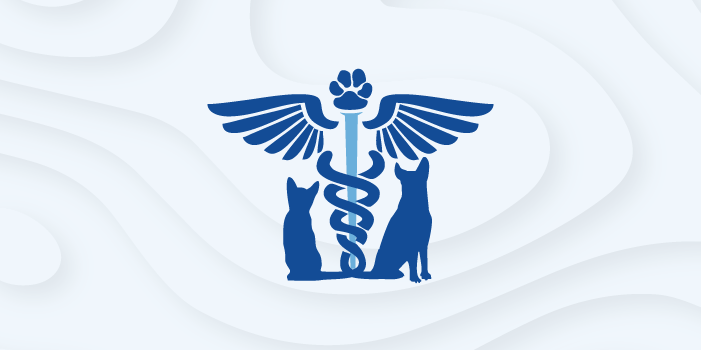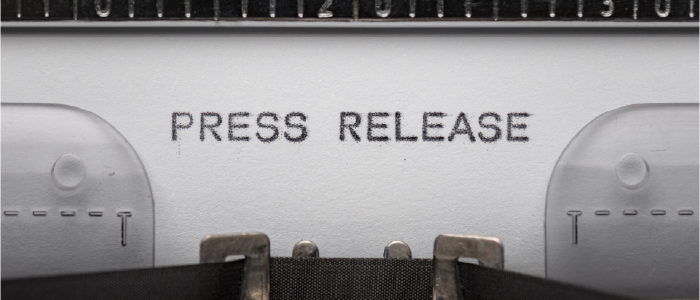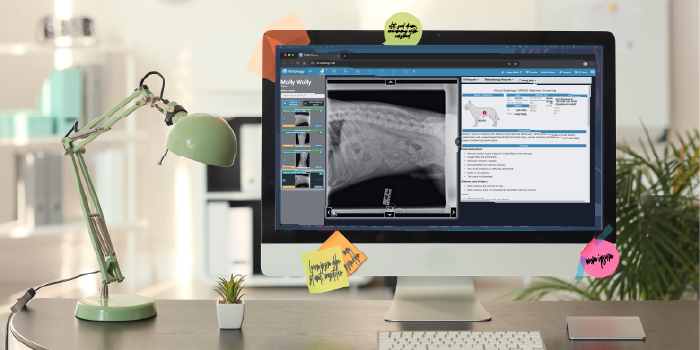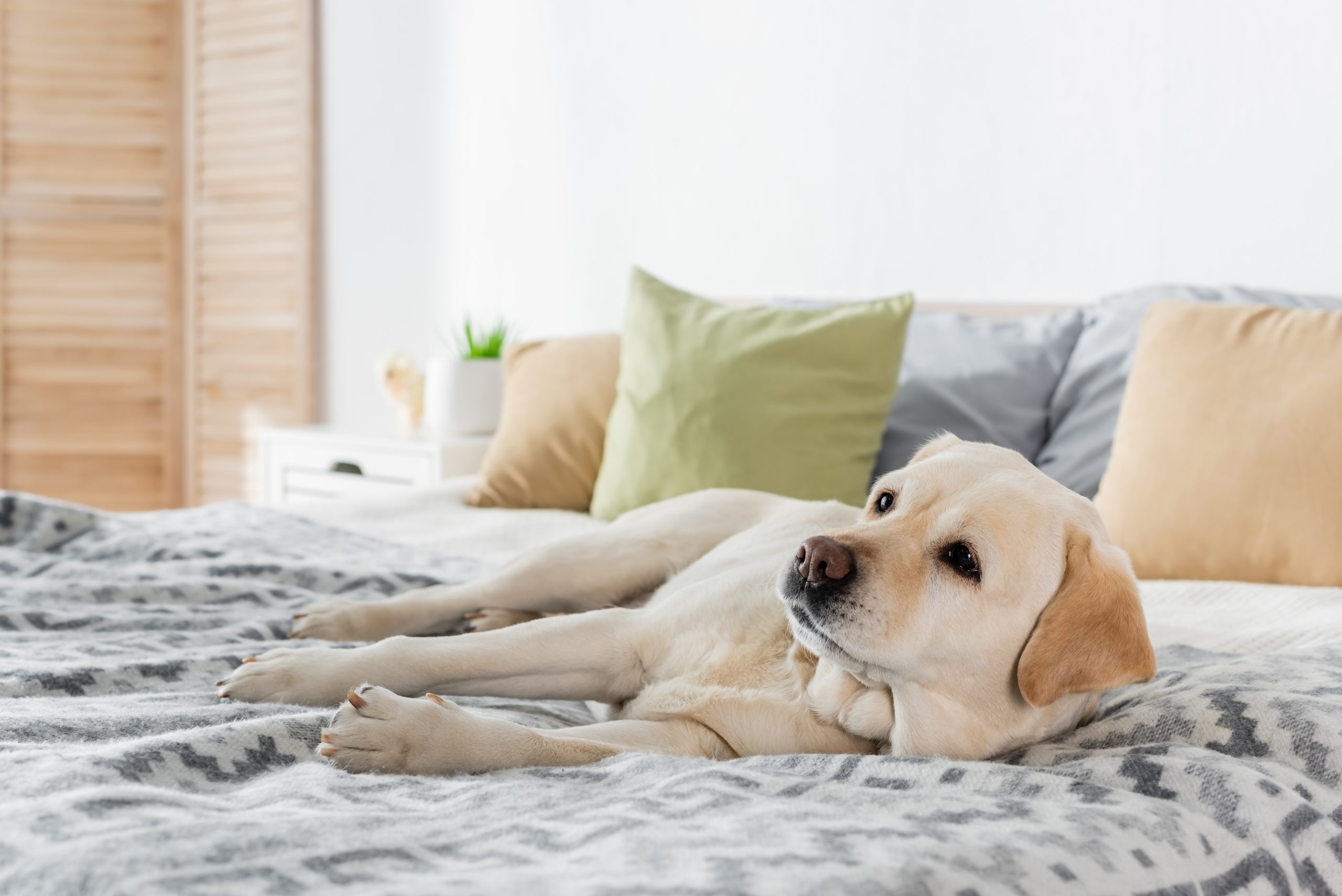
Ethical AI in Veterinary Imaging
The Ethics of Veterinary AI: Trusting Your Teleradiology Platform
Veterinary AI can screen radiographs in seconds, helping veterinary teams make faster, more accurate decisions. But powerful technology comes with the responsibility of building and using it ethically and with complete transparency.
Vetology’s AI is trained on species-specific veterinary images by boarded veterinary radiologists and data scientists for use by veterinary teams. Our products follow ethical standards and adhere to good machine learning practices to ensure our veterinary software assists veterinarians in reading images without replacing their (human) clinical and domain expertise.
To meet the needs of today’s veterinary professionals, veterinary AI platforms must be trustworthy, ethical, and transparent. Here’s what that means for practices using these tools, and what sets us apart.
Key Takeaways
- Veterinary AI should augment, not replace, clinical decision-making. Vetology’s AI radiology platform provides an initial screening report but cannot provide a definitive diagnosis.
- Trustworthy AI products and companies prioritize transparency, safety, and accuracy while disclosing limitations.
- AI accuracy and utility rely on a diverse training dataset and thoughtful development to improve reliability.
Why Do AI Ethics Matter?
At Vetology, our interpretation of ethical AI is baked into the core of our products. Our team cares about patient wellness as much as our clients do. That’s why we are careful to position our tools as screening aids, not diagnostic replacements. Guiding clinicians in how to use this evolving technology responsibly is a critical part of our mission.
Ethical AI starts with how systems are trained, validated and deployed. While veterinary medicine does not have a HIPAA equivalent, our ethical responsibility is no less important than that of human medical professionals. In many ways, the lack of formal regulation makes it even more important for veterinary AI companies to build software with integrity and transparency.
The best veterinary AI should be transparent about its purpose, built on thoughtfully designed data, and always safeguard patient and client privacy, giving veterinarians confidence in every result. These principles guide our development at Vetology and support veterinarians in integrating AI responsibly to complement their treatment decisions.
Veterinary diagnostics have inherent challenges, with or without utilizing AI. Image quality, proper positioning, collimation, and capturing the right number of views all affect both a radiologist’s and a clinician’s ability to identify disease conditions. AI cannot overcome non-diagnostic images, and veterinary AI companies should be transparent when image quality limits their ability to interpret results.
Finally, ethical communication also means being realistic about capabilities. Technology should never promise more than it can deliver. Companies should not make broad claims such as “AI matches the full depth and scope of traditional radiology reports” or “AI can detect subtle differences that humans cannot.” Accuracy and realism help maintain trust and ensure AI is used effectively to support patient care.
Veterinary AI Supports Decision-making
Vetology’s AI and Language Models are carefully trained on species-specific veterinary phrasing and images, which allows us to flag findings and generate preliminary conclusions and recommendations. These outputs are designed to assist clinicians, but they do not replace human expertise. In fact, they rely on it: a radiologist or veterinarian is always required to interpret results within the full clinical context.
Our AI functions as a screening tool, it reviews images without access to the patient’s history, lab results, or signalment. Instead, it analyzes visual patterns to identify potential abnormalities and generates an initial report.
The distinction between a screening report and a diagnostic report may seem subtle, but it’s significant. Screening reports highlight potential abnormalities and speed up interpretation, allowing veterinarians (domain experts) to focus their time, prioritize additional diagnostics, and narrow their clinical differentials.
Ethical AI Training and Data Handling
Ethical AI development also requires responsible handling of training data. While a dog won’t mind if a computer learns about comparative heart sizes from its X-rays, its owner’s data deserves protection.
Vetology’s AI was trained on more than 15 years of veterinary radiology reports from more than 1,000 clinics and 20 board-certified veterinary radiologists. This dataset reflects real-world veterinary cases across species, breeds, and radiographic variations; equally important is how the data is collected.
Before training a new condition classifier, client and patient data are anonymized. Identifying details are removed, while essential information such as a pet’s (first) name, signalment, and history may be retained for clinical context. Vetology’s images and data are used solely for AI training and never shared beyond that purpose.
Veterinary AI Accuracy
Vetology’s radiology AI screening tool is not a generative model; this distinction is important. Generative AI can introduce “hallucinations,” or fabricated yet seemingly accurate interpretations, which can be dangerous in a medical context. Instead, Vetology’s system analyzes X-rays and generates screening reports using pre-defined veterinary medical terminology.
This supervised training approach is critical for medical AI. This means clinicians can lean on the AI’s flags and recommendations, while still relying on their own expertise and patient context to make final diagnostic and treatment decisions.
In veterinary imaging, accuracy, reproducibility, and patient safety must come first. Our approach prioritizes these principles to enhance clinical decision-making while minimizing risk.
Veterinary AI: A Clinical Level-Up
AI works best when it amplifies human expertise rather than trying to replace it. Vetology’s screening reports work with the clinician, because the veterinarian is the final decision-maker.
By integrating AI into their workflow, veterinary teams can streamline interpretation, manage caseloads more efficiently, and reduce cognitive load, all while ensuring patients receive the highest standard of care. It’s important to highlight the role veterinarians themselves play in the ethical use of AI in practice. By combining AI insights with clinical judgment, critical thinking, and diagnostic data, veterinarians can ensure that their use of AI innovations prioritizes the well-being of their patients, clients, and the professionals delivering care, while integrating AI tools safely and responsibly.
Here’s how veterinary AI for radiology fits into a typical clinical workflow:
- AI screening: The system analyzes images and generates a screening report with possible findings.
- Combine AI with clinical expertise: The veterinarian interprets the AI report alongside clinical judgment and patient-specific case details to form a complete picture.
- It’s key that AI and human observations combine to formulate the next steps in the pet’s diagnostic or treatment plan.
- Escalate as needed: If uncertainty remains, the clinician can request a teleradiology review from a board-certified radiologist.
- Maintain transparency: Explain to clients how AI is used in their pet’s care.
- Stay informed: Keep up with AI updates, best practices, and emerging research.
- Educate the team: Ensure all staff understand the AI’s capabilities, limitations, and ethical responsibilities.
Vetology workflows respect the expertise of the veterinary team, support efficiency, and reduce the mental load of routine case triage without diminishing or removing the clinician’s critical role.
Vetology is a leader in the field, developing AI tools that clinicians can trust. Schedule a demo to learn more and discover how our AI can support your team without replacing the expertise of the professionals who dedicate their lives to animal care.




